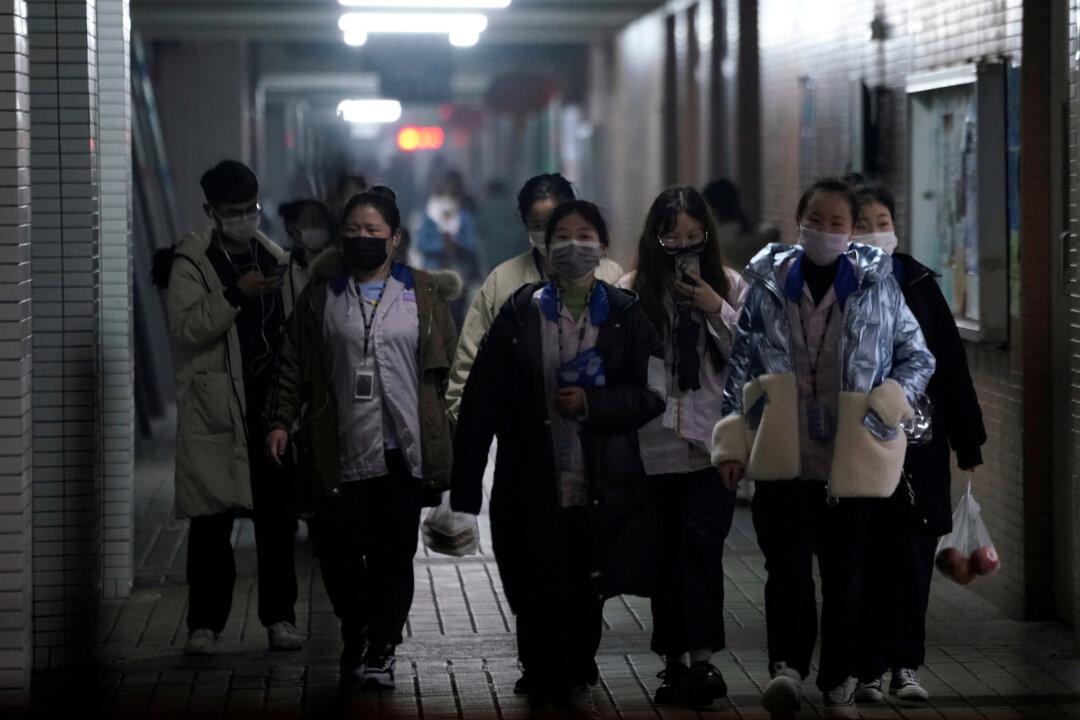SHENZHEN, China—China’s manufacturers are struggling to find enough workers to fill factory floors as the regular post-Lunar New Year labor migration trickles rather than flows, slowing the restart of the world’s No.2 economy amid the coronavirus crisis.
This week, the southern economic powerhouse province of Guangdong stripped all of the 256 temperature and ID checkpoints on its expressways in a bid to speed the return of workers.





